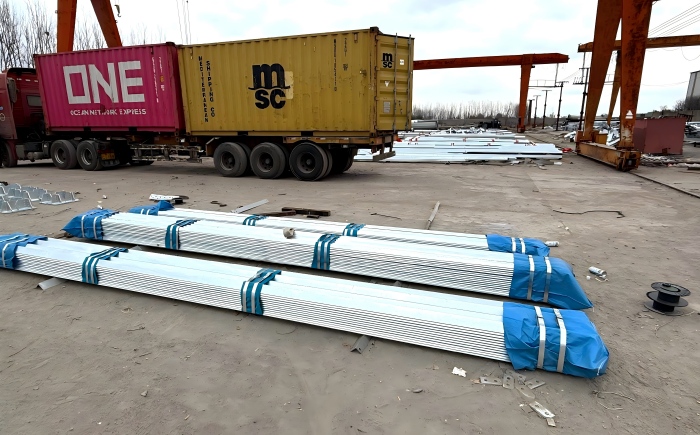In 2025, telecommunication towers stand as engineering marvels, driving global connectivity by powering 5G networks for smart cities, autonomous vehicles, and disaster recovery operations. With a global market valued at $50.94 billion and growing at a 4.22% CAGR, these towers support over 4 million base stations in Asia-Pacific alone. This guide provides a comprehensive exploration of how telecom towers operate, detailing signal transmission, advanced 5G technologies, sustainability innovations, and safety protocols. Designed for telecom engineers, policymakers, and curious readers, it offers in-depth insights into tower technology. XH Tower, an ISO 9001:2015-certified manufacturer, delivers cutting-edge 5G-ready solutions to meet modern connectivity demands.
Telecommunication towers, often called cell towers or cellular base stations, are robust steel structures engineered to transmit and receive radio frequency (RF) signals, enabling wireless communication across 2G, 3G, 4G, and 5G networks. These towers create geographic “cells” with coverage ranging from 1–5 kilometers in urban areas to 50–70 kilometers in rural regions, ensuring seamless connectivity through handoffs as users move.
Lattice Towers: Triangular or square structures, typically 200–400 feet tall, offer superior strength-to-weight ratios, making them ideal for high-wind environments and heavy equipment loads. They represent 42% of global deployments.
Monopole Towers: Single-pole designs, 50–200 feet tall, are space-efficient and widely used for 5G small cells in urban settings due to their minimal footprint.
Guyed Towers: Slender, wire-supported towers are cost-effective for rural areas, providing coverage up to 20 kilometers.
Stealth Towers: Camouflaged as trees, flagpoles, or other structures, these towers comply with urban zoning and aesthetic regulations.
Cells on Wheels (COWs): Portable, trailer-mounted towers deploy in 30 minutes to 8 hours for emergencies or events, such as restoring 90% connectivity in New York City post-9/11.
XH Tower excels in manufacturing ISO-certified lattice and monopole towers optimized for 5G deployments. Their innovative hybrid lattice-monopole design reduces urban footprint by 20% and installation costs by 15%, as demonstrated in recent Southeast Asian projects, offering a competitive edge for telecom providers.
Telecommunication towers facilitate wireless communication through a precise, multi-step process. A mobile device emits an RF signal—ranging from 700 MHz for 4G to millimeter-wave (mmWave) bands for 5G—which is captured by tower-mounted antennas. Transceivers convert these signals into electrical data, relayed via backhaul connections (fiber optic cables for 1 Gbps+ speeds or microwave links for 50–500 Mbps in remote areas) to a mobile switching center. The center routes calls or data to their destination in under 10 milliseconds, ensuring seamless handoffs.
Massive MIMO: Employs 64–128 antennas to transmit multiple data streams, boosting 5G capacity by 40% and supporting 10,000 IoT connections per square kilometer in urban environments.
Beamforming: Directs RF signals to specific devices, enhancing efficiency by 30% in high-traffic areas like city centers or stadiums.
Software-Defined Networking (SDN): Dynamically allocates backhaul bandwidth, reducing latency by 20% for real-time applications such as video streaming or autonomous driving.
In 2025, AI-driven dynamic spectrum allocation optimizes 5G bandwidth by 15%, prioritizing high-demand applications like real-time IoT data processing. Nokia’s 2025 Shanghai deployment, for instance, leveraged beamforming and AI to increase network speeds by 25%, handling 1 terabyte of data per hour, setting a benchmark for urban 5G performance.
Telecom towers rely on meticulously engineered components to ensure reliable operation under diverse conditions:
Antennas: Sector or panel antennas provide omnidirectional coverage, with tilt adjustments optimizing signal range from 1–70 kilometers based on terrain and population density.
Transceivers: Multi-band units process signals across 2G to 5G frequencies, ensuring compatibility with diverse networks.
Backhaul: Fiber optic cables deliver high-speed data in urban settings, while microwave links provide reliable connectivity in remote areas.
Power Systems: Solar, diesel, or hybrid systems maintain 99.9% uptime, critical for off-grid or emergency deployments.
Faraday Cage: Shields electronics from electromagnetic interference, ensuring 5G signal integrity at high frequencies.
Foundation: Concrete slabs or piles, built to ASTM A123 galvanization standards, withstand winds up to 100 mph, customized to site-specific soil conditions.
XH Tower’s 5G-ready monopoles feature pre-drilled mounting systems for Massive MIMO antennas, reducing installation time by 10%. Looking ahead, 6G-ready antennas using holographic beamforming are being tested in 2025, targeting ultra-low latency of 0.1 milliseconds for applications like holographic communication.
The critical components of a telecom tower contribute to its functionality as follows: antennas (30%), transceivers (25%), backhaul systems (15%), power systems (15%), Faraday Cage (10%), and foundation (5%). This balance ensures optimal performance and durability across diverse environments.
Artificial intelligence is revolutionizing telecom tower operations in 2025. Smart IoT sensors monitor signal strength and structural integrity, reducing downtime by 20%. XH Tower integrates these sensors into its ISO-certified towers, saving up to $1 million annually in maintenance costs by detecting stress early. Predictive maintenance algorithms forecast equipment failures, improving 5G reliability by 25%, as evidenced in Southeast Asian deployments.
Towers also function as edge computing hubs, processing 1 terabyte of data per hour for low-latency 5G applications like autonomous vehicles. AI-driven dynamic spectrum allocation enhances bandwidth efficiency by 15%, prioritizing high-demand tasks such as real-time IoT data processing. XH Tower’s 5G towers support these advancements, ensuring robust performance for telecom providers and event planners.
Sustainability is a cornerstone of 2025’s telecom industry. XH Tower employs 40% recycled steel in its manufacturing, reducing emissions by 15% across thousands of towers. Solar-powered systems, increasingly deployed in rural areas, cut CO₂ emissions by 12% and diesel consumption by 20%, as seen in India’s 2025 initiative supporting 10,000 rural connections.
A breakthrough innovation involves perovskite solar cells, which boosted energy efficiency by 10% in 2025 trials. These align with proposed LEED certification standards for telecom sites, emphasizing renewable energy and low-impact materials. XH Tower’s commitment to eco-friendly designs positions it as a leader in sustainable 5G infrastructure.
Safety is paramount for telecom towers. Radio frequency (RF) radiation, classified as a “potential” carcinogen by the World Health Organization, poses no harm below the FCC’s 0.6 mW/cm² limit, as confirmed by the FDA. Worker safety risks, such as falls and electrocution, are mitigated through Building Information Modeling (BIM) and IoT sensors, reducing incidents by 10%. XH Tower’s towers incorporate real-time vibration sensors, enhancing worker safety by 15%.
Regulatory compliance includes adherence to the FCC’s NEPA and NHPA for environmental and historic preservation, and FAA approval for towers exceeding 200 feet or near airports. XH Tower ensures its designs meet these rigorous standards, providing safe, compliant solutions for global deployments.
Regular maintenance extends tower lifespans to 20–30 years. Annual inspections verify galvanization and structural integrity, while over 10,000 U.S. technicians in 2025 performed tasks like antenna alignment and cable maintenance. XH Tower employs drone technology, reducing inspection costs by 10% and risks by 15%, particularly in remote areas.
AI-assisted maintenance scheduling, integrated into XH Tower’s 2025 deployments, prioritizes high-risk components, reducing downtime by 20%. This proactive approach ensures towers remain operational, supporting critical 5G networks for telecom providers and emergency services.
Q1: How do telecommunication towers transmit signals in 2025?
Antennas capture RF signals, transceivers process them, and backhaul systems route data to switching centers, enhanced by 5G beamforming and SDN for optimal performance.
Q2: What are the key components of a cell tower?
Antennas, transceivers, backhaul, power systems, Faraday Cages, and foundations ensure reliable 2G–5G connectivity.
Q3: How do Cells on Wheels differ from fixed towers?
COWs are portable, deployed in 30 minutes to 8 hours with 1–5 km coverage, compared to fixed towers’ 10–20 km range.
Q4: Are cell towers safe from radiation in 2025?
No harm is detected below the FCC’s 0.6 mW/cm² limit, with IoT sensors improving safety monitoring.
Q5: What maintenance do telecom towers require?
Annual inspections, galvanization checks, and AI-assisted drone maintenance ensure 20–30-year durability.
In 2025, telecommunication towers are pivotal to global connectivity, leveraging 5G technologies like Massive MIMO, beamforming, and AI-driven spectrum allocation to deliver high-speed, low-latency networks. Sustainable innovations, such as recycled steel and perovskite solar cells, align with environmental goals, while IoT-enhanced safety protocols ensure reliability. As 6G trials promise ultra-low latency, towers continue to shape smart cities and rural connectivity. XH Tower, with its ISO 9001:2015-certified manufacturing and 5G-ready designs, offers reliable, innovative solutions for telecom providers worldwide. Partner with XH Tower at https://www.xhtower.com/contact-us/ to build the future of connectivity.
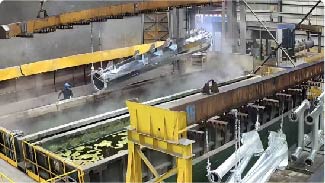

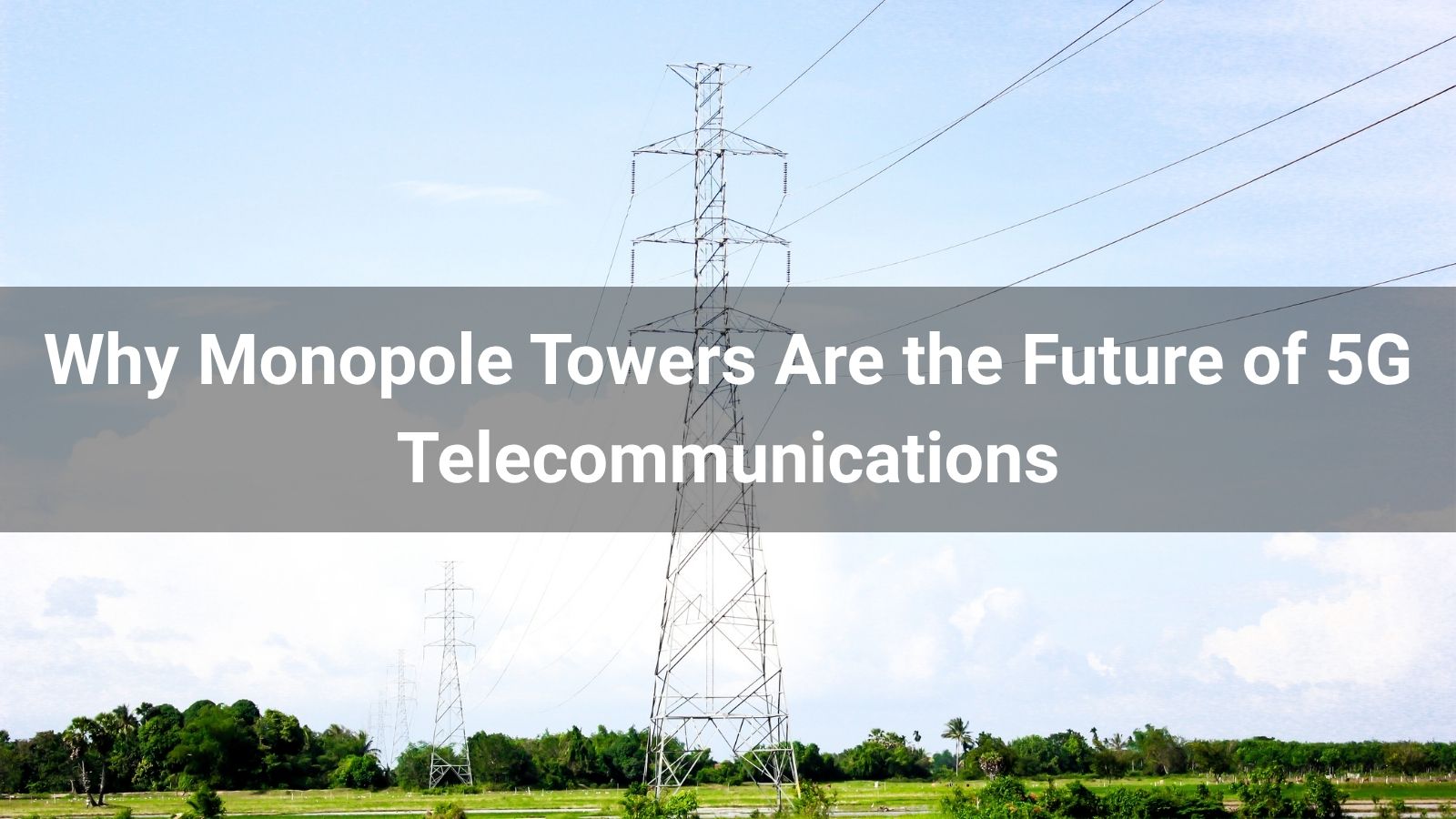
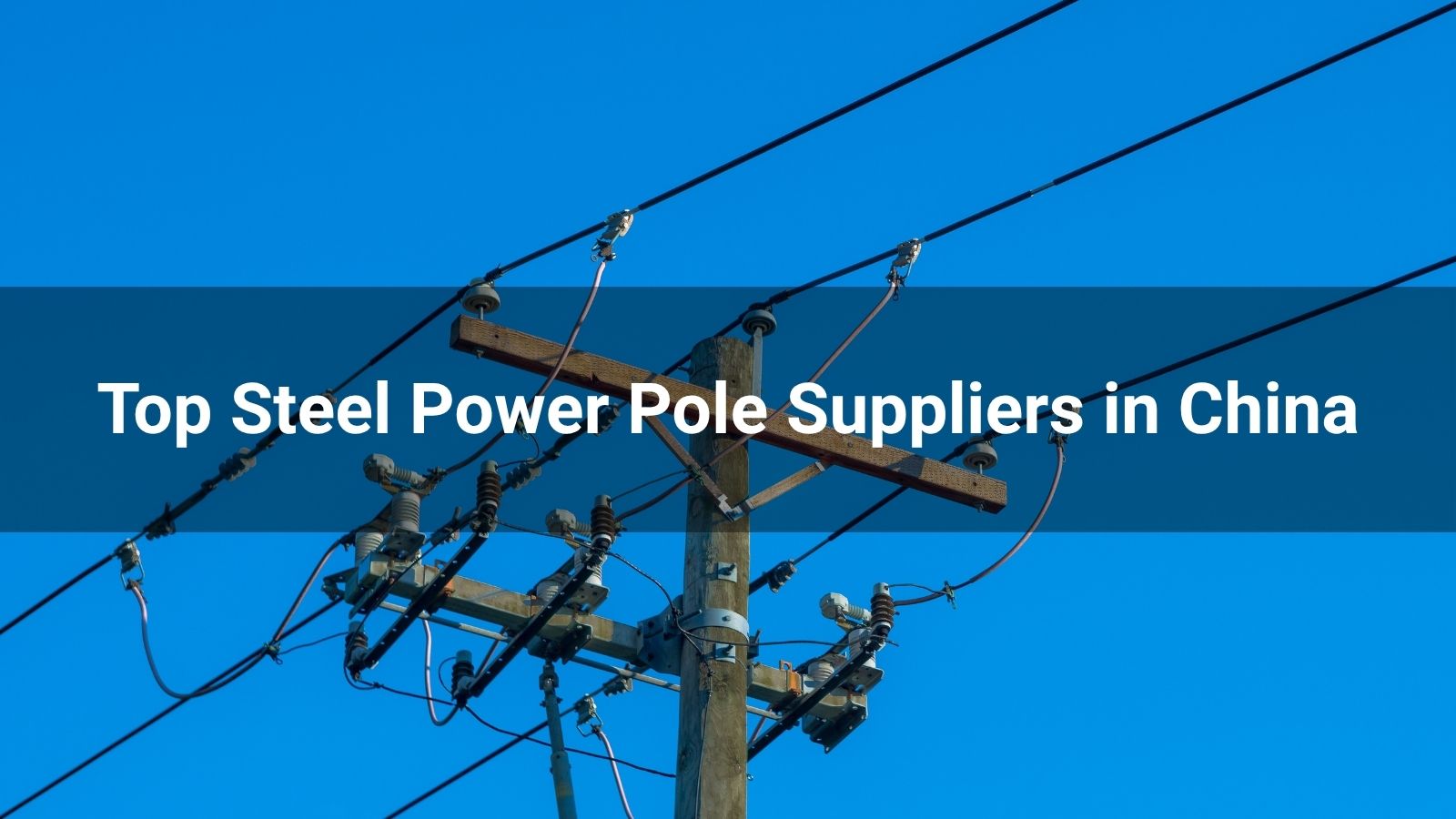
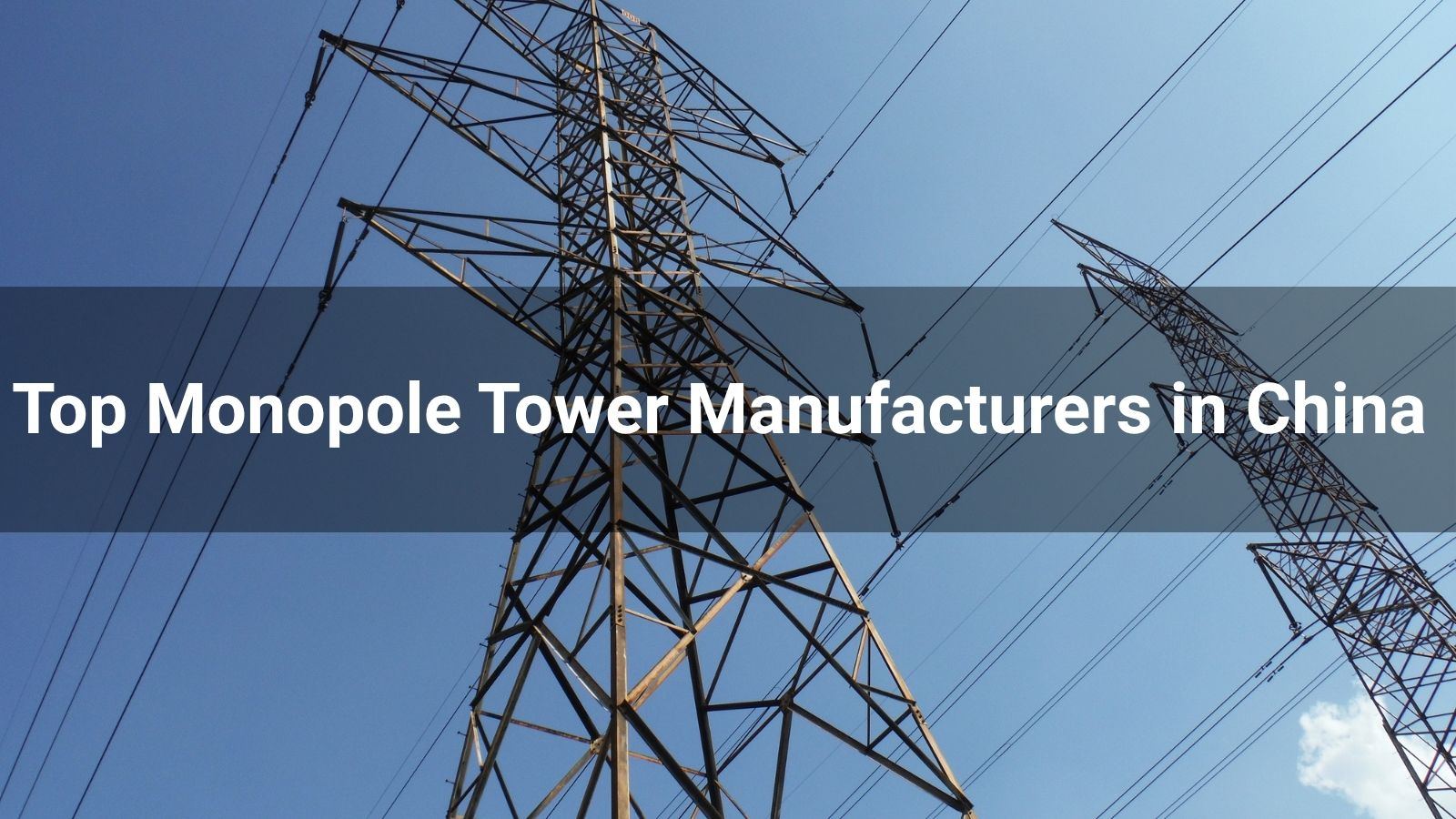
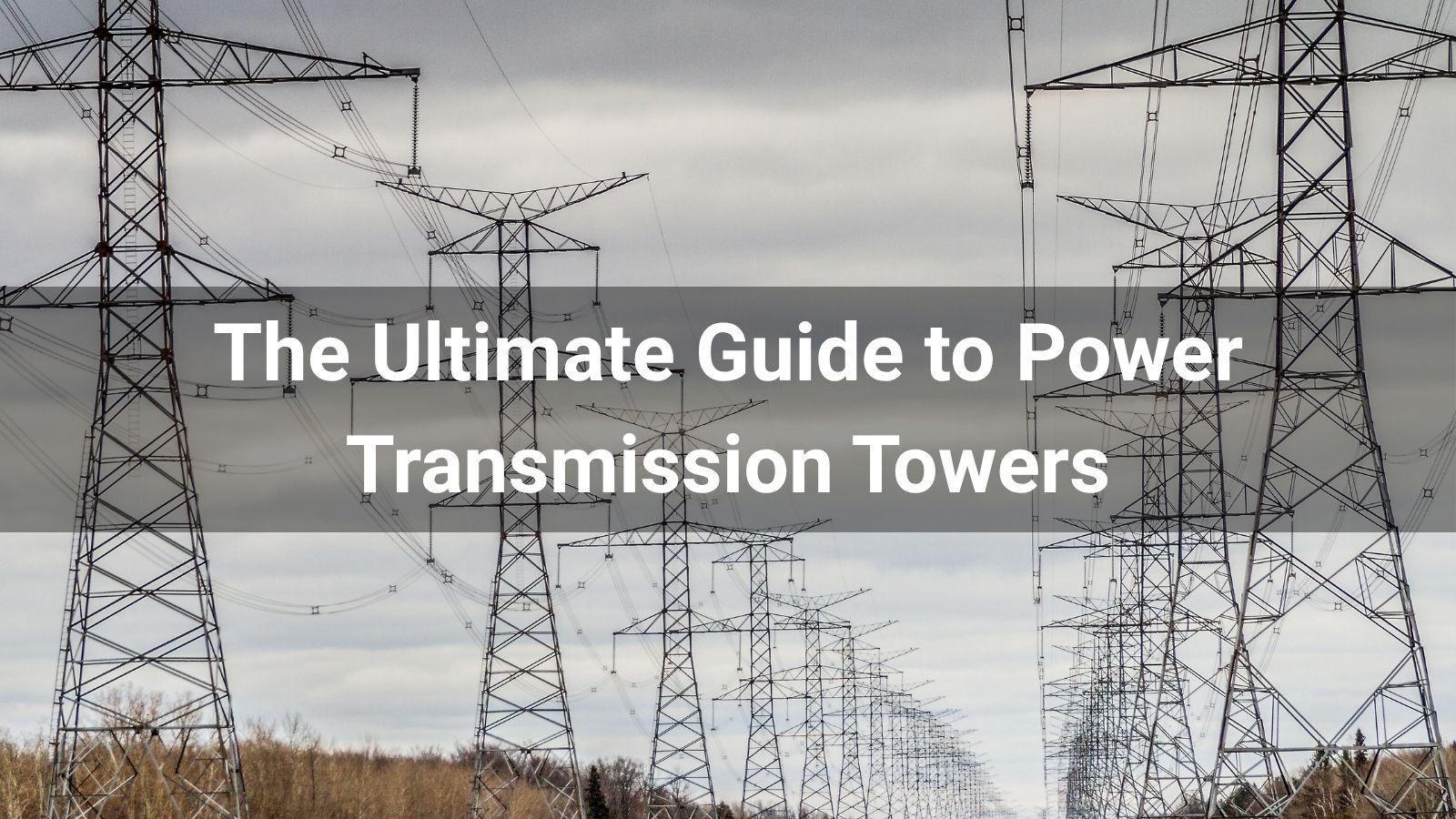
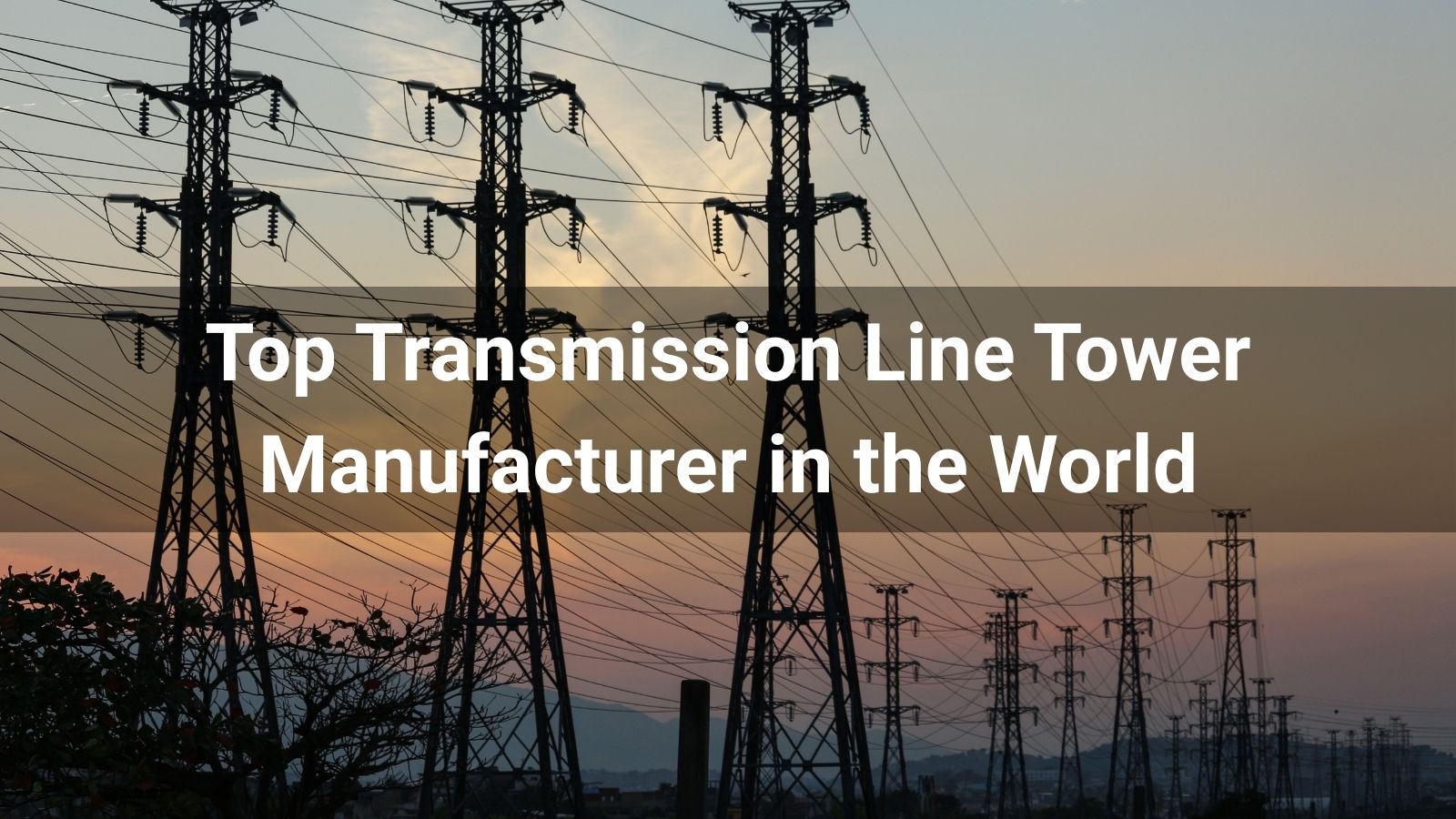
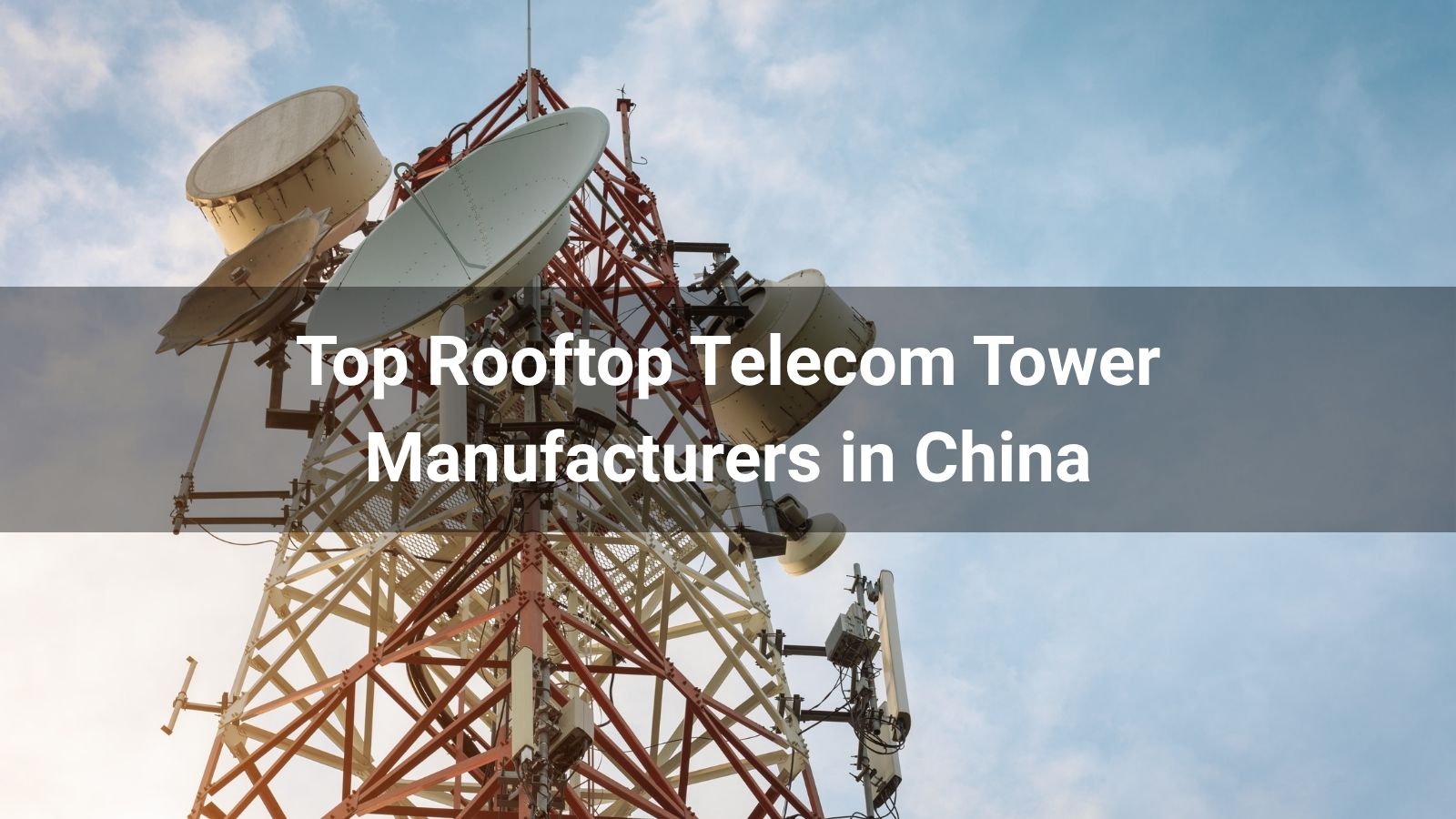

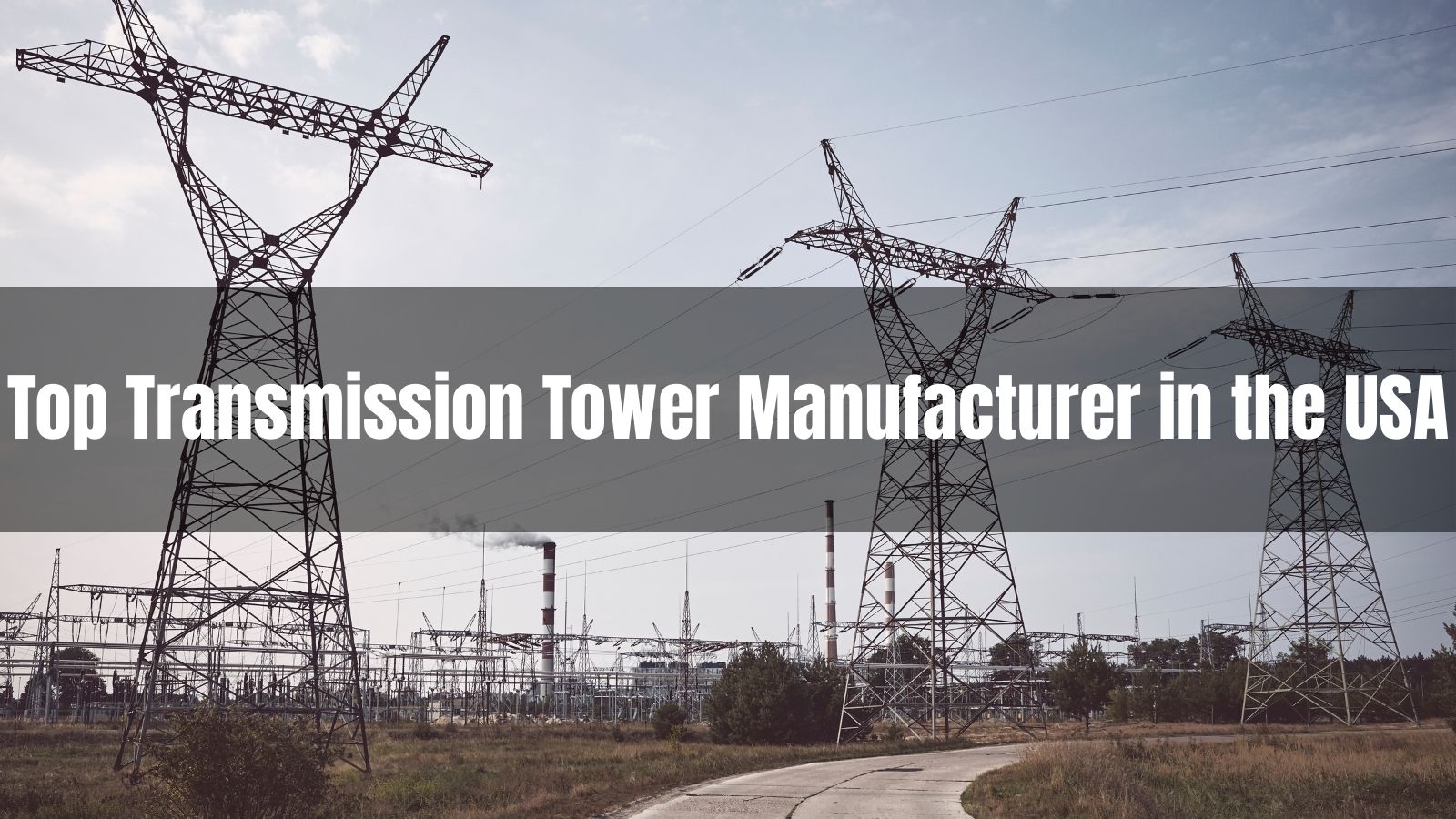
Discover the top 10 transmission tower manufacturers in the USA for 2026. Learn about angle steel, monopole, and lattice towers, evaluation criteria, and how to choose the right supplier for utility and EPC projects.
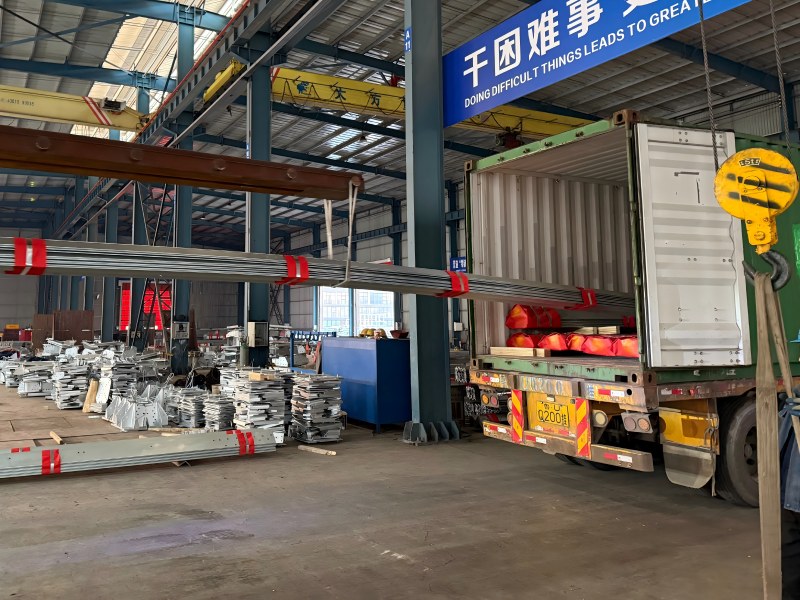

Discover how Angle Steel Towers provide reliable, high-load support for modern telecom projects. Learn design parameters, manufacturing processes, applications, and tips to select the right tower for your needs.
